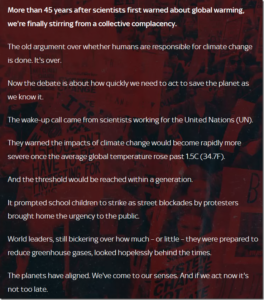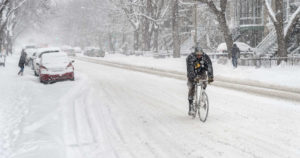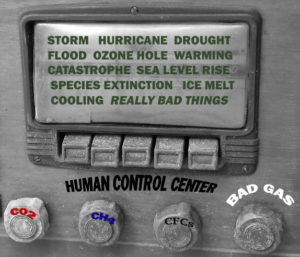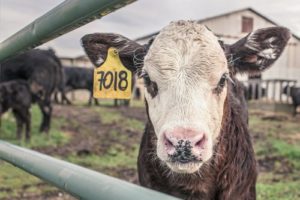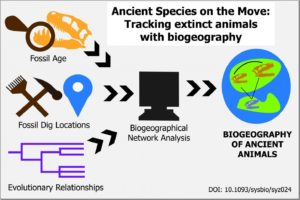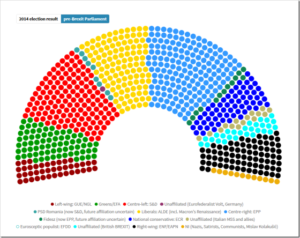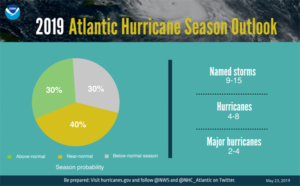by Adam Vaughan, July 3, 2019 in ClimateChangeDispatch
Decades of expanding sea ice in Antarctica have been wiped out by three years of sudden and dramatic declines, leaving scientist puzzled as to why the region has flipped so abruptly.
A new satellite analysis reveals that between 2014 and 2017 sea ice extent in the southern hemisphere suffered unprecedented annual decreases, leaving the area covered by sea ice at its lowest point in 40 years.
The declines were so big that they outstripped the losses in the fast-melting Arctic over the same period.
“It’s very surprising. We just haven’t seen decreases like that in either hemisphere,” says Claire Parkinson at NASA’s Goddard Space Flight Center, who undertook the analysis.
However, researchers cautioned against pinning the changes on climate change and said it was too early to say if the shrinking is the start of a long-term trend or a blip.
After growing for decades, Antarctic sea ice extent declined at an unprecedented rate between 2014 and 2017.
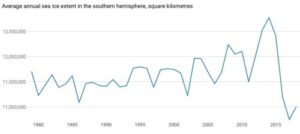
…

